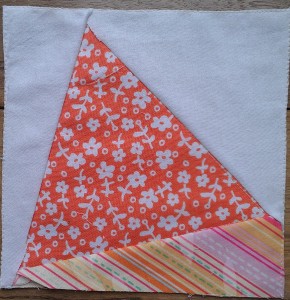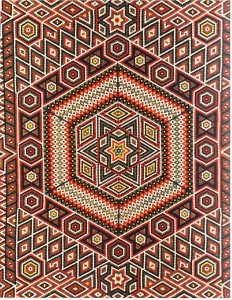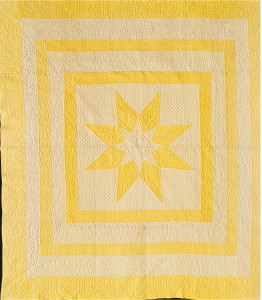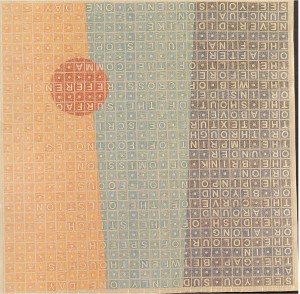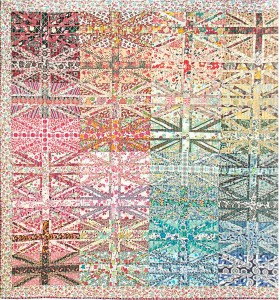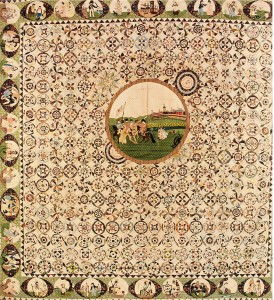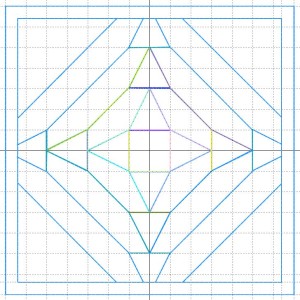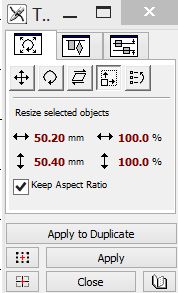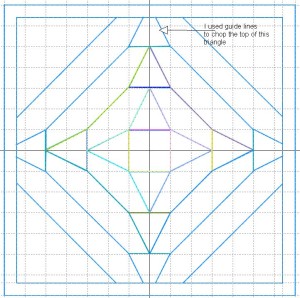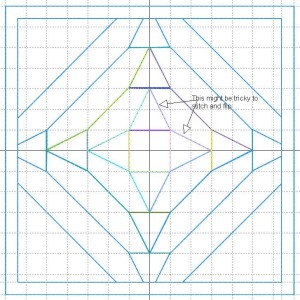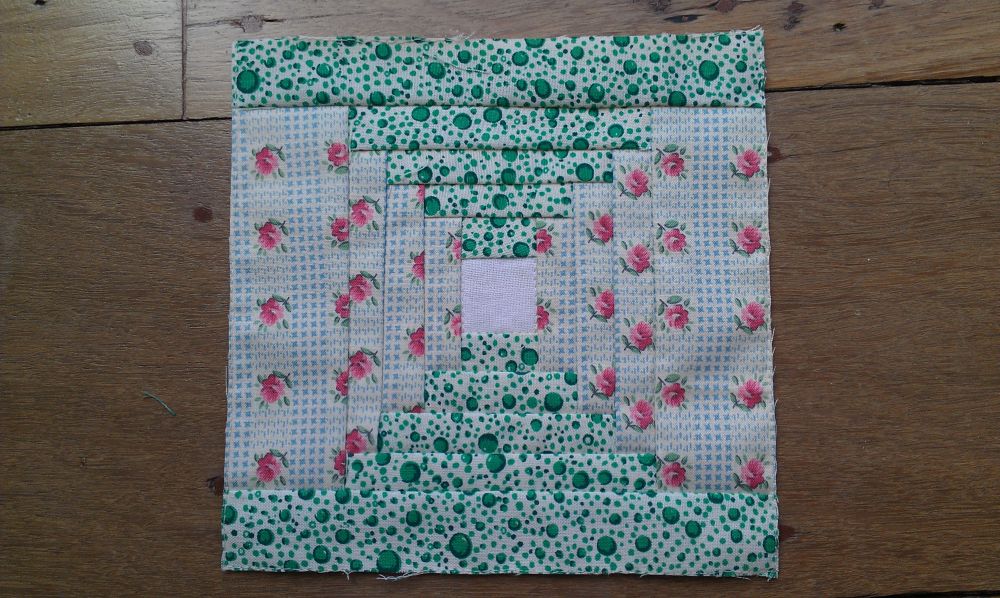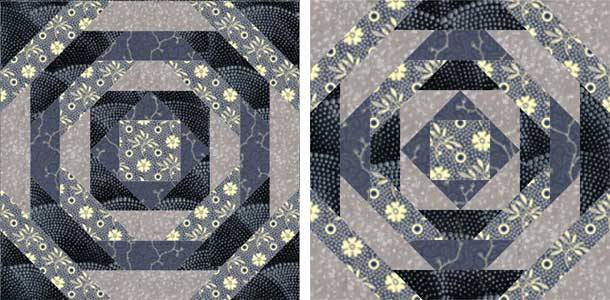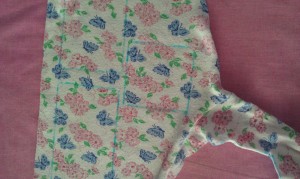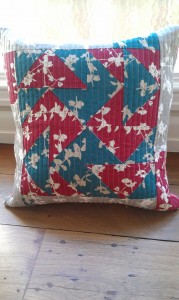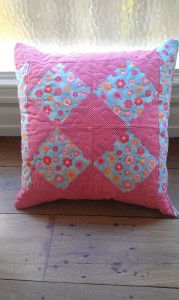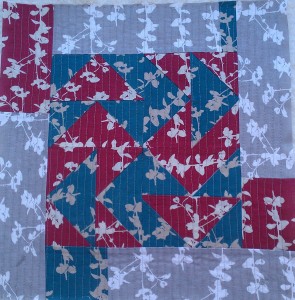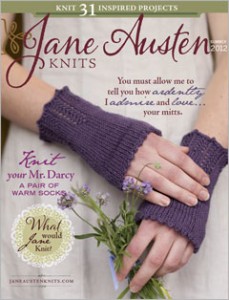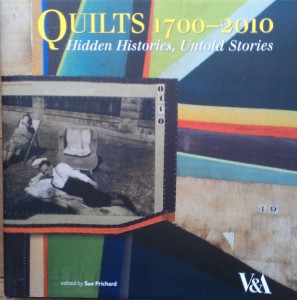
I knew I would never make it to this exhibition so I bought the book from here – I’ve had it for a while and I’ve looked at the pictures, but I’ve only just started reading it properly.
The first chapter is on Making and Using Quilts in 18th Century Britain. I found it quite interesting that often the bed coverings were worth more than the bed – there was a lot of coverings – quilts, under quilts, bed curtains etc. Bed coverings were so valuable they were listed in inventories.
Not many quilts survive from this period. We know of their existence from the previous mentioned inventories and from quilts that have been adapted to another use – quilted suit anyone? Also, the terminology is tricky – how do we distinguish between eiderdowns and quilts? We can look to contemporary texts for information on terminology. Swift mentions patchwork in Gulliver’s Travels.
Two hundred sempstresses were employed to make me shirts, and linen for my bed and table, all of the strongest and coarsest kind they could get; which, however, they were forced to quilt together in several folds, for the thickest was some degrees finer than lawn. Their linen is usually three inches wide, and three feet make a piece. The sempstresses took my measure as I lay on the ground, one standing at my neck, and another at my mid-leg, with a strong cord extended, that each held by the end, while a third measured the length of the cord with a rule of an inch long. Then they measured my right thumb, and desired no more; for by a mathematical computation, that twice round the thumb is once round the wrist, and so on to the neck and the waist, and by the help of my old shirt, which I displayed on the ground before them for a pattern, they fitted me exactly. Three hundred tailors were employed in the same manner to make me clothes; but they had another contrivance for taking my measure. I kneeled down, and they raised a ladder from the ground to my neck; upon this ladder one of them mounted, and let fall a plumb-line from my collar to the floor, which just answered the length of my coat: but my waist and arms I measured myself. When my clothes were finished, which was done in my house (for the largest of theirs would not have been able to hold them), they looked like the patch-work made by the ladies in England, only that mine were all of a colour.
The early part of the century quilts seemed to be made from silk fabrics whereas the latter half of the century the quilts were made from cotton fabrics (and these fabrics seemed to be datable to a shorter time span). Was this shift from silk to cotton because the ban on printing cotton fabrics for domestic use was lifted in 1774? Also in the early part of the century there were professional quilt makers (you could order quilting by the yard), however, it seemed to be a domestic industry by the end of century.
Another question was the purpose of quilting – to reuse valuable textiles or to celebrate a specific fabric?
There is also beautiful images …
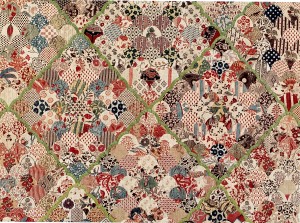
Bed Curtain 1730 -1750 (Mostly made of printed cottons)
Look at all of those semi-circular shapes.
and

Cot Cover Quilted Linen (Early 18th Century)
The thing that amazes me about this piece – is that it must have been done by hand!
and

Bed Cover (Linen embroidered in coloured silks and metal thread)
You probably can’t tell from this image, but this is embroidered!

